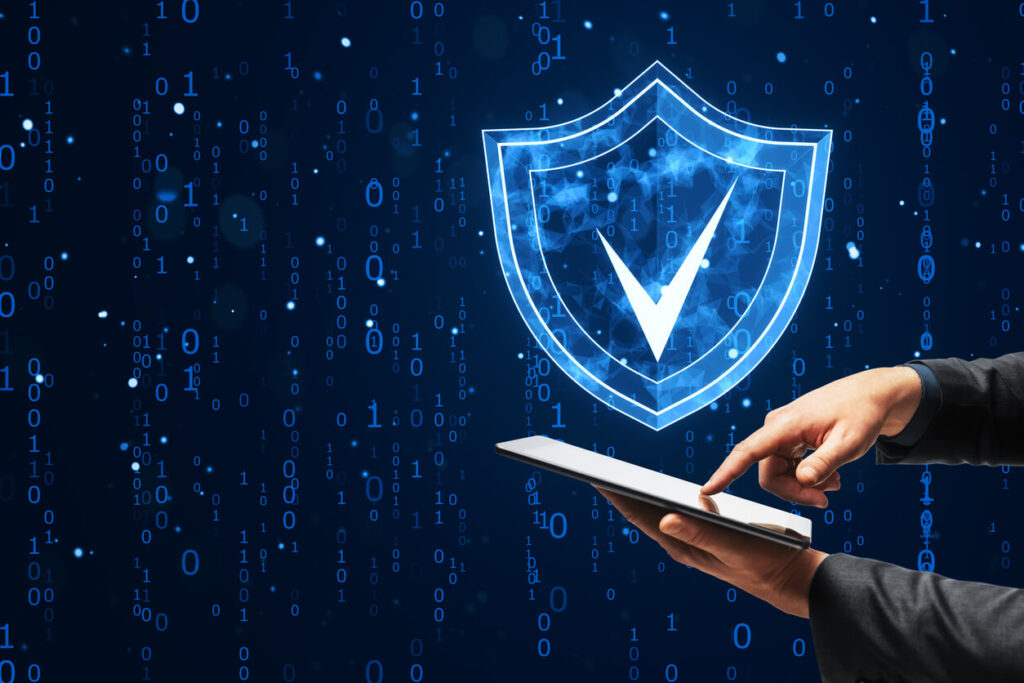Modern businesses face countless cybersecurity challenges in an increasingly interconnected world, but one remains overlooked—insider threats. Companies often focus on external hackers or malware attempts but underestimate the risks posed by their own staff. Recent studies indicate that the prevalence of insider threats has been increasing. For instance, in 2023, 60% of organizations reported experiencing insider attacks, a figure that rose to 83% in 2024. They lead to significant losses, tarnished reputations, and legal complications, making them one of the most impactful and underestimated risks in today’s business landscape.
This article explores the nature of insider threats, their different forms, and the devastating impact they have. Finally, we outline actionable strategies to mitigate these risks.
What Are Insider Threats?
Insider threats arise from individuals within an organization, such as employees, contractors, or business partners, who have access to sensitive data or systems. Unlike external attacks, these threats originate from people you trust with access to your digital infrastructure.
While some individuals act maliciously, others unintentionally create vulnerabilities through negligence or lack of awareness. Understanding these differences is fundamental in addressing insider threats effectively.
Types of Insider Cybersecurity Threats
Malicious Insiders
Malicious insiders intentionally exploit their access to harm the company. These actors steal data, disrupt operations, or leak confidential information. Their motives range from financial gain to revenge after being overlooked for opportunities or terminated.
Example: A finance employee at a mid-sized firm sold thousands of sensitive client records to cybercriminal groups. This violation cost the firm millions in regulatory fines and lost business.
Negligent Insiders
Negligent insiders are not intentionally harmful but cause damage by ignoring security protocols or falling for phishing scams. Their lack of awareness makes them just as dangerous as malicious actors.
Example: An executive unknowingly clicked on a fraudulent email link, exposing the organization’s network to ransomware, resulting in six months of downtime and enormous revenue loss.
Both types demand different strategies to counteract, yet they often go unaddressed due to insufficient awareness and training programs.
Consequences of Insider Threats
The effects of insider cybersecurity threats stretch far beyond isolated incidents of data leakage or breaches. Businesses suffer widespread and lasting consequences.
Financial Losses
Insider threats cost organizations an average of $15.4 million annually as reported by Ponemon Institute in 2023. These expenses encompass data recovery, system replacements, and regulatory penalties. For small businesses, this financial strain leads to reduced profitability or even closure.
Reputational Damage
When customer or partner data is compromised, businesses lose trust. Recent surveys highlight that 71% of consumers are less likely to do business with a company following a data breach, which leads to declining revenues and brand devaluation.
Legal Consequences
Several nations enforce rigorous data protection regulations like GDPR in Europe and CCPA in the U.S. Failure to maintain proper security practices results in costly legal battles and expensive fines.
Insider threats not only disrupt day-to-day operations but also diminish long-term growth opportunities, emphasizing the need for focused attention on mitigating these risks.
Strategies to Mitigate Insider Threats
Organizations have tools at their disposal to combat insider threats effectively. Businesses significantly reduce their vulnerabilities by focusing on strong security infrastructures and employee education.
Implementing a Strong Security Policy
Define clear policies for data access, usage, and storage. Implement role-based access control (RBAC) to restrict employees from accessing data unrelated to their tasks. Regularly audit user permissions to identify potential misuse or excessive rights. Additionally, advanced identity verification systems like biometric scans serve as an extra layer of security.
Regular Security Training
Negligence is preventable through proper education. Conduct regular training sessions to inform employees about recognizing phishing scams, password best practices, and the importance of multi-factor authentication. Gamified learning methods, such as security quizzes with incentives, make this training both effective and engaging.
Build a Cybersecurity Team with a Tech Staffing Firm
Finding specialists like cybersecurity engineers and other tech professionals plays an integral role in maintaining a robust security framework. Partnering with a tech staffing firm ensures access to highly skilled individuals capable of identifying risks, managing compliance, and responding swiftly to breaches.
The right team helps implement proactive monitoring tools and create incident response plans, ensuring your organization remains secure against potential insider threats.
Leverage Advanced Technology
Adopting AI-driven monitoring systems helps identify unusual activity patterns in digital environments. Solutions such as user behavior analytics (UBA) tools allow companies to flag anomalies and prevent potential breaches before they escalate.
Encouragement in the Culture of Transparency
Open communication reduces frustrations among employees that might lead to malicious activities. Regular surveys, career development programs, and anonymous reporting tools foster a positive work environment while dissuading malicious insider actions.
Investing in these strategies positions businesses to counter insider threats efficiently, saving both resources and reputations in the long run.
Turn Insider Threats into Opportunities for Growth
While insider threats remain a critical challenge, they are far from insurmountable. By understanding their root causes and implementing strategies such as strong policies, regular training, and hiring skilled tech professionals, businesses mitigate vulnerabilities and build a more secure future.
At RedStream Technology, we specialize in connecting companies with top cybersecurity engineers and other in-demand tech professionals to address challenges like insider threats. Contact us today to bolster your team and protect your business against potential risks.
About RedStream Technology
RedStream Technology is a premier provider of technical, digital, and creative staffing, specializing in delivering tailored solutions that meet the specific needs of our clients. With a keen focus on quality and efficiency, RedStream offers a range of services from contract staffing to permanent placements in various IT, Digital and Creative specialties. Our team of experienced professionals is committed to providing innovative staffing solutions to our clients and finding the right fit for our candidate’s long-term goals. RedStream Technology is dedicated to increasing client productivity while helping technology, digital, and creative professionals navigate their ever-changing needs and career path. For more information, visit www.redstreamtechnology.com.






